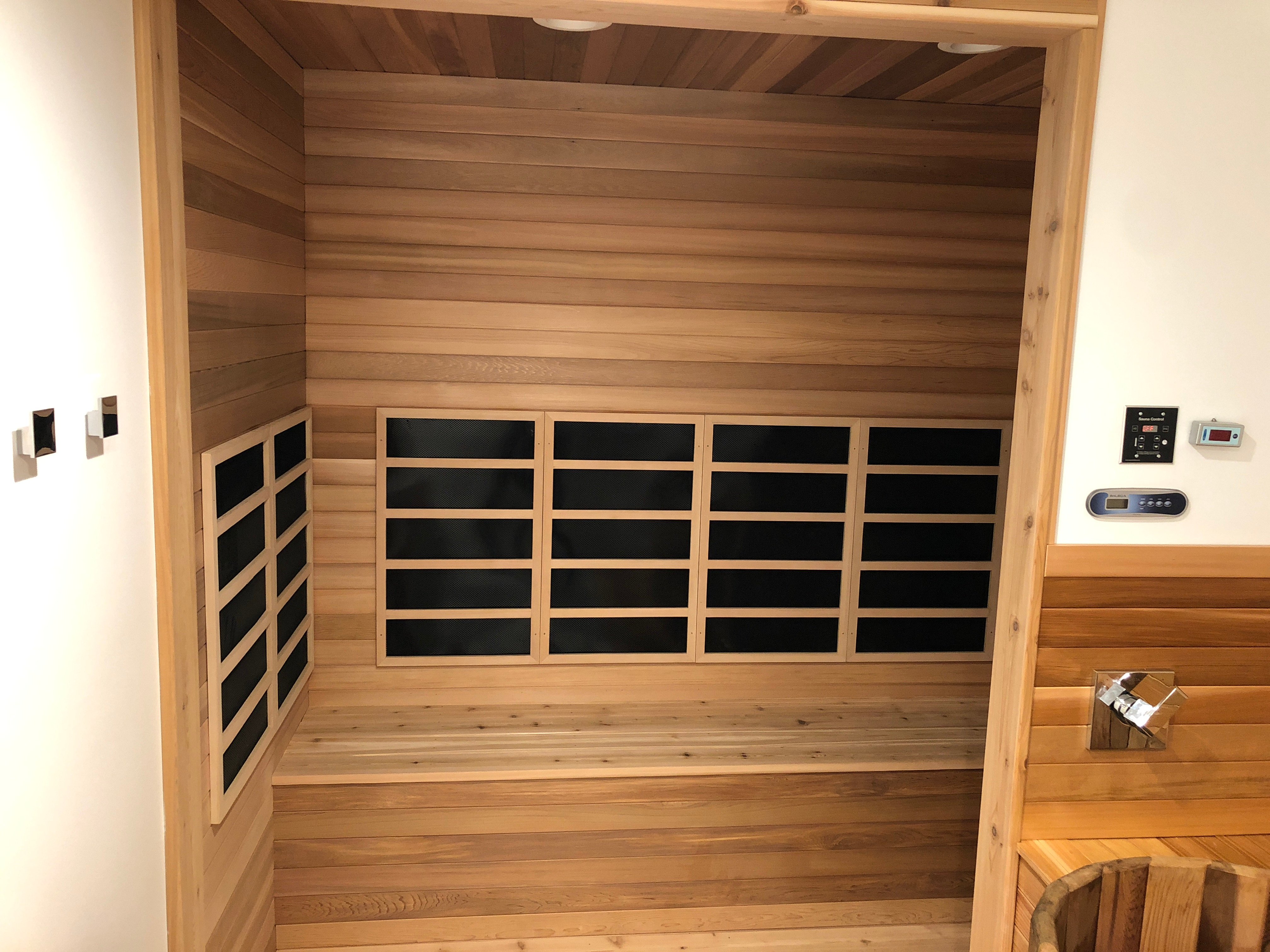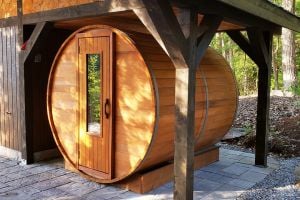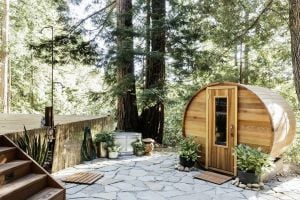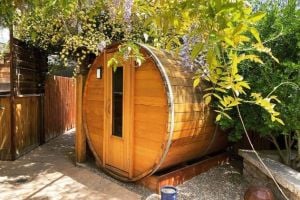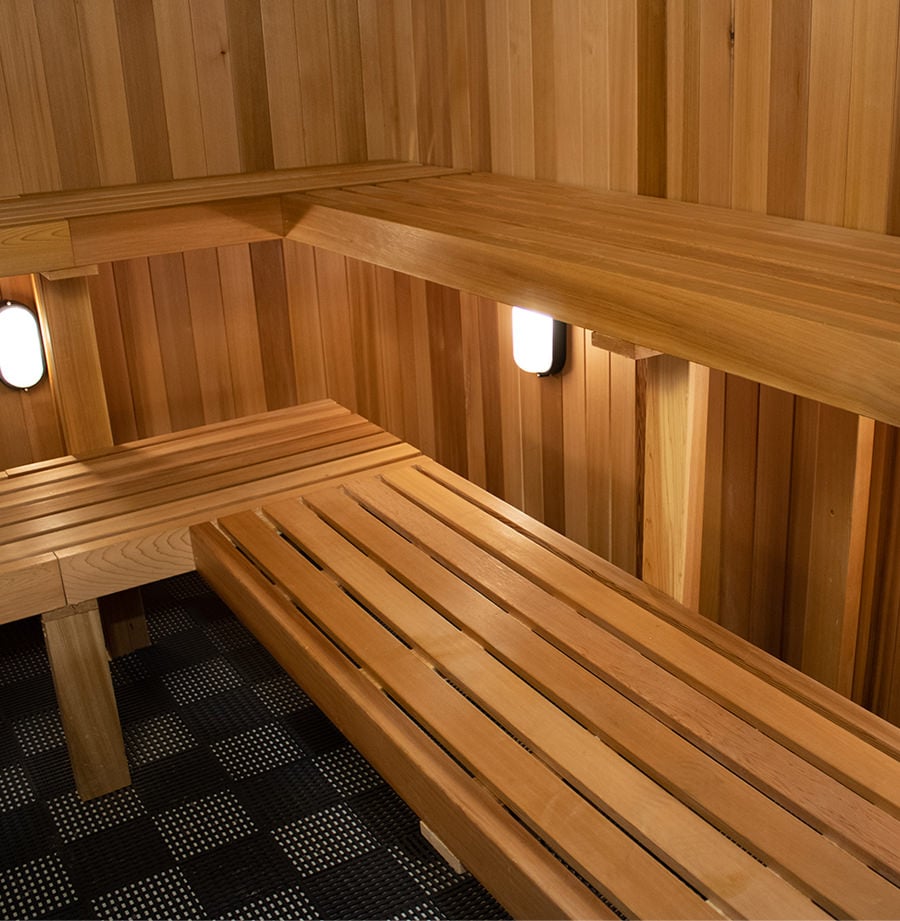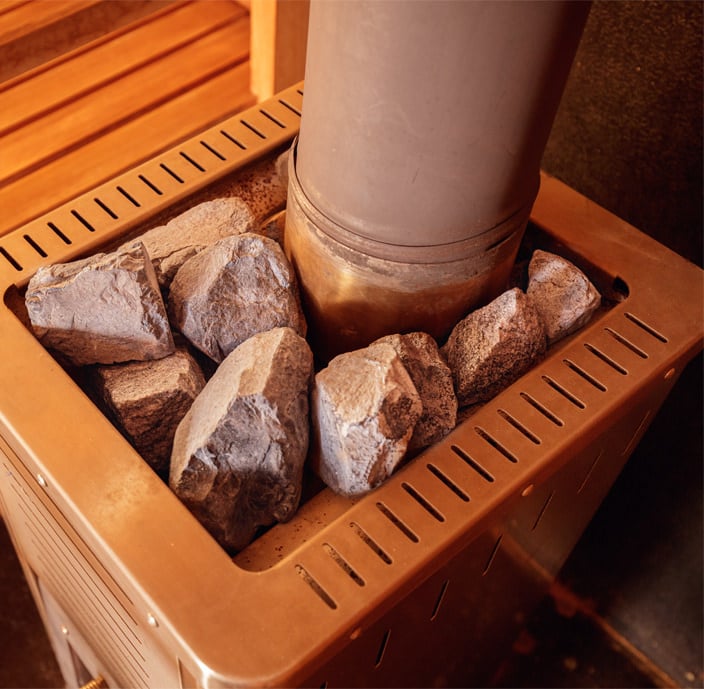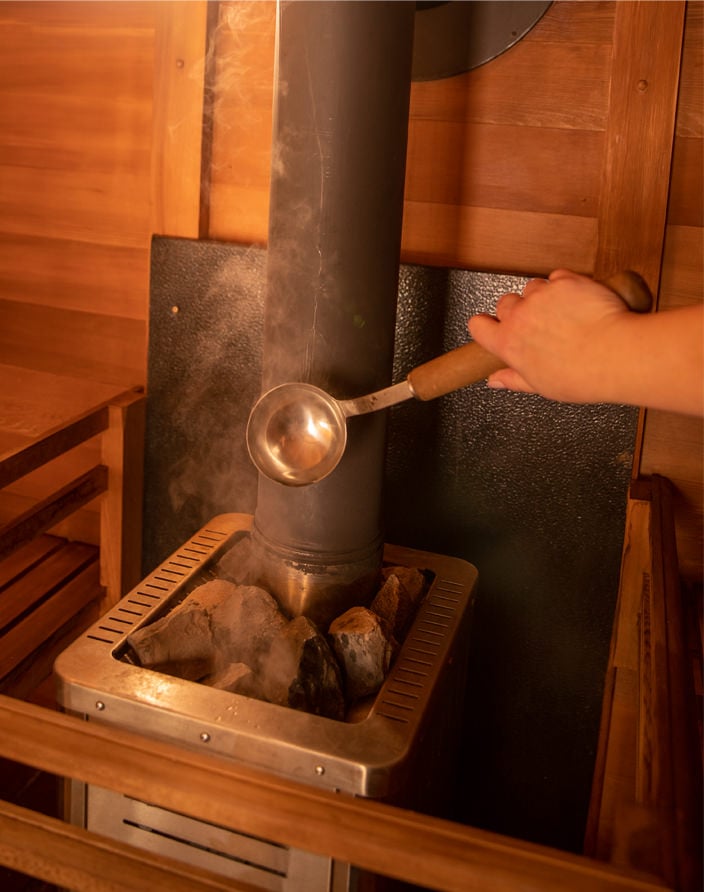If
you’ve ever been inside a gym or fitness club locker room, chances are
you've come across a dry sauna or a steam room. Maybe you’ve skipped
them in the past—but now might be the perfect time to take advantage of
their incredible benefits. Both options offer a powerful way to boost
your wellness, especially when used after a workout.
Shared Health Benefits of Steam and Sauna Rooms
Though they differ in humidity and temperature, sauna and steam rooms offer many overlapping health benefits, such as:
Detoxification: Both rooms help your body eliminate heavy metals and harmful toxins through sweating.
Stress Relief: They encourage relaxation, improve sleep quality, and help reduce mental tension.
Better Skin Health: These sessions can help reduce cellulite, tone skin, and keep pores hydrated.
Calorie Burn & Weight Control: A single 30-minute session can burn up to 600 calories through intense sweating.
Pain Relief: Great for easing arthritis, muscle soreness, joint stiffness, and spasms.
Heart Health: Regular use can improve heart rate, circulation, and metabolic rate, while stabilizing blood pressure.
Sauna vs. Steam Room: What’s the Difference?
The biggest difference between a sauna and a steam room comes down to heat and humidity:
Sauna Rooms use dry heat, usually from hot stones or an electric heater. You can pour water over the stones to generate steam, but humidity typically stays low—around 10% or less.
Steam Rooms maintain a lower temperature (110–120°F) but 100% humidity. The thick, moist air makes it feel hotter and limits your body’s ability to sweat efficiently.
While it may feel like you're sweating more in a steam room, much of the moisture on your skin is actually condensation from the humid air, not sweat.
Why Choose a Sauna Room?
Regular
sauna use is linked to a wide range of health benefits. These include
improved cardiovascular function, reduced risk of stroke, stronger
immunity, and lower blood pressure. Saunas also promote deep relaxation
and can even help with back pain and mild depression symptoms. In many
ways, sauna bathing mimics the benefits of low-intensity exercise.
Why Choose a Steam Room?
Steam rooms provide similar wellness perks but with a twist. The high humidity and intense thermal stress trigger faster physiological changes. Many people find steam rooms to be more intense than saunas—similar to how some prefer high-intensity workouts over gentler exercise routines. This makes steam rooms a favorite for those who respond well to deeper heat therapy.
Which One Is Right for You?
Choosing between a sauna and a steam room comes down to personal preference. Both are fantastic for your health, but your body may respond better to one over the other. Whether you're looking for deep relaxation or an intense sweat session, you’ll enjoy great therapeutic benefits from either.
Ready to Install a Sauna at Home?
Thinking about bringing the spa experience home? Consider Northern Lights Cedar Barrel Saunas for premium quality and exceptional comfort.
For more details, feel free to contact us at 1-800-759-8990.
